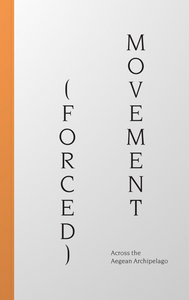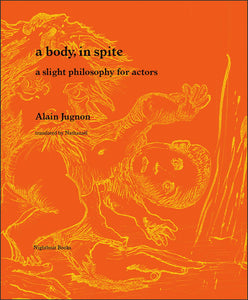A Kind of Ship
Kristina Jurotschkin



“Before every beginning, many other beginnings will lie. The word ‘ark’, as in Noah’s Ark, derives from the Latin word for box, arca. And this box was also some kind of archive structure. A heritage backup. The concept of reproduction is crucial for Noah’s Ark. Two of every kind shall ensure survival. The significance of reproduction pertains to archives as well. Archives were an axiom of heritage. For everything eventually falls into ruin… and my archive, such as the work related to it – collecting and assembling material, for instance in a book – all this I also understand as a kind of ship, a container for the future of our present. It helps me to think of our present as of the past of the future.”
A Kind of Ship is a bilingual reader that presents an introduction to Jurotschkin’s wider practice, encompassing collage, writing, photography and sculpture. Including ten text pieces and a multitude of illustrations, the volume provides an insight into the artist’s creative processes, and can be read as an oblique appendix to the artist’s debut monograph Nothing But Clouds (MACK, London, 2017).
Writing on her work in 2018, Loring Knoblauch observed that “it’s not that Jurotschkin’s photographs are abstract, because they’re not; they show us actual visual snippets of our collective modern world. But the images have been roughly stripped of context, and composed in such a manner so as to highlight their formal qualities rather than their subject matter. There is a detached aloofness to her point of view that keeps us at arm’s length, as though she was looking at the world with a searching scientific eye, almost as a foreigner might. Each picture feels intentionally reduced, not in the sense of being made physically smaller, but in terms of removing most of the informational (and emotional) content normally captured – the pictures show us things we can name, but what they might mean or represent has been made altogether mysterious and obscure.”
The artist’s approach to writing could be described as similarly detached, drawing inspiration from and even physically dissecting science fiction books of the recent past. “I call it phenomenological reading,” writes Jurotschkin. “I underline what jumps at me on a page, cut it out and then combine it, until a text originates.” Through this formal process, the artist builds a critique of society’s relationship with technology, and offers premonitions of the not-so-distant future. Somewhere between a status report and an act of artistic expression, this timely publication, and Jurotschkin’s broader oeuvre, serve as a cryptic reminder of our responsibilities to one another, and to future generations.
















































